Home>Articles>How Is A Severed Electrical Cord Similar To A Nerve That Has Been Cut
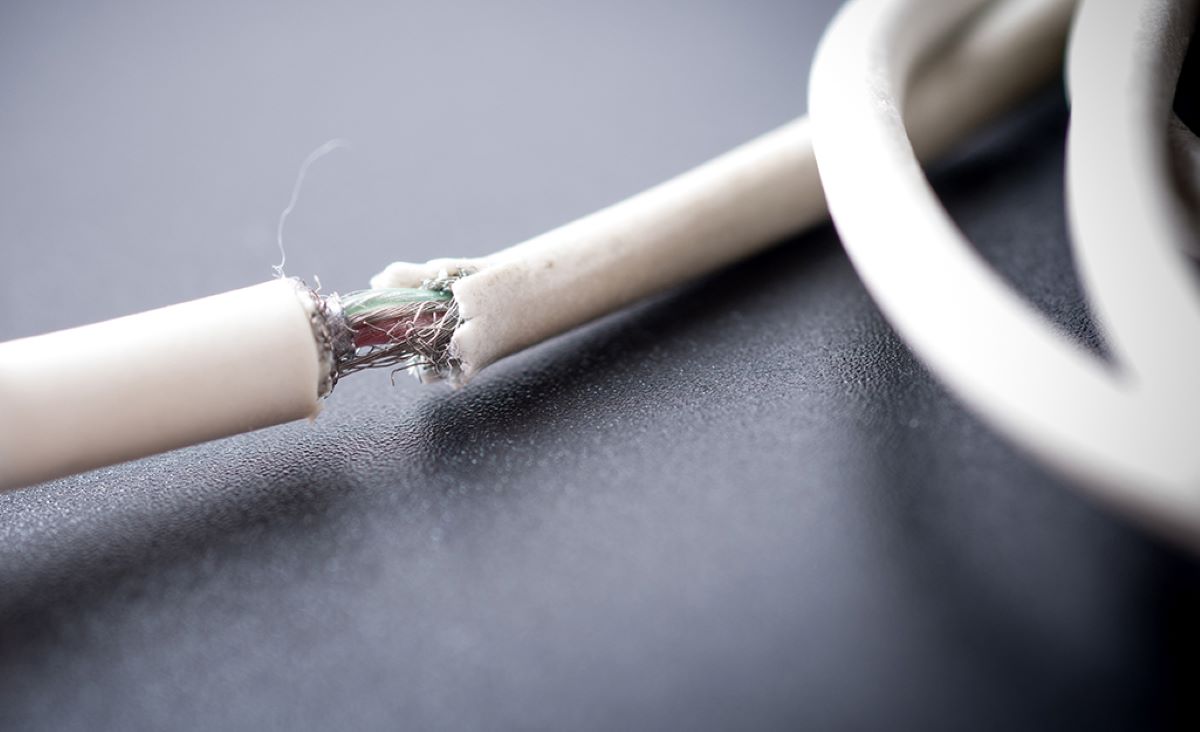

Articles
How Is A Severed Electrical Cord Similar To A Nerve That Has Been Cut
Modified: December 7, 2023
Discover the striking similarities between a severed electrical cord and a cut nerve in this enlightening article. Dive deep into the intricate workings of both and gain a better understanding of their impact.
(Many of the links in this article redirect to a specific reviewed product. Your purchase of these products through affiliate links helps to generate commission for Storables.com, at no extra cost. Learn more)
Introduction
Nerves and electrical cords may seem like unrelated objects, but they share an interesting similarity when severed. Both a severed electrical cord and a nerve that has been cut can lead to serious consequences. Understanding this similarity can shed light on the importance of handling these situations with caution and seeking professional assistance when necessary.
In this article, we will delve into the anatomy of nerves and electrical cords, explore the similarities and differences between them when severed, and discuss the potential consequences that can arise. By gaining a deeper understanding of these concepts, we can appreciate the significance of proper handling and repair.
Key Takeaways:
- Severed electrical cords and cut nerves share similarities in disrupting signal transmission, posing safety hazards, requiring professional repair, impacting functionality, and necessitating timely action.
- Professional handling and repair are crucial for minimizing further damage, ensuring safety, restoring functionality, and optimizing long-term outcomes in cases of severed electrical cords and cut nerves.
Understanding Nerve Anatomy
Before we can delve into the similarities and differences between a severed electrical cord and a cut nerve, it is essential to have a basic understanding of nerve anatomy.
Nerves are intricate structures that transmit electrical signals between the brain, spinal cord, and the rest of the body. They consist of bundles of nerve fibers, which are made up of specialized cells called neurons. These neurons have long, slender projections called axons, which carry electrical impulses.
Surrounding and protecting the nerve fibers are connective tissues, including the endoneurium, perineurium, and epineurium. These layers provide structural support and insulation, just like the outer sheath of an electrical cord.
Nerves are found throughout the body, ranging from large nerves like the sciatic nerve in the leg to smaller nerves that innervate specific muscles and organs. Each nerve is responsible for transmitting signals related to specific functions, such as movement, sensation, and autonomic control.
The intricate nature of nerve anatomy highlights the importance of maintaining the integrity of these structures. When a nerve is cut, it disrupts the transmission of electrical signals, leading to significant consequences.
Understanding Electrical Cord Anatomy
Just like nerves, electrical cords have their own unique anatomy that is essential to understand when comparing them to severed nerves.
An electrical cord typically consists of three main components: the conductor, the insulation, and the protective outer sheath. The conductor is usually made of copper or aluminum and is responsible for carrying the electric current. It is surrounded by a layer of insulation, which prevents the current from escaping and protects against electrical shocks. Finally, the outer sheath is a protective layer that provides additional insulation and strength to the cord.
The conductor in an electrical cord can be compared to the nerve fibers in a nerve. Both are responsible for carrying a specific type of signal, be it electrical impulses or electric current. The insulation in an electrical cord can be likened to the connective tissue layers that surround a nerve, providing protection and preventing the transmission of signals from interfering with neighboring structures.
Just like nerves, electrical cords come in different sizes and configurations depending on their intended use. From small power cords for electronic devices to heavy-duty cables used in industrial settings, the anatomy of an electrical cord varies to accommodate specific requirements.
Understanding the anatomy of an electrical cord not only allows us to appreciate its similarities to nerve anatomy but also emphasizes the importance of maintaining the integrity of these structures. When an electrical cord is severed, it poses risks not only to the operation of electrical devices but also to the safety of individuals in close proximity.
Similarities between a Severed Electrical Cord and a Cut Nerve
Despite their differences in function and composition, a severed electrical cord and a cut nerve share several striking similarities. These similarities highlight the potential risks and consequences associated with both scenarios.
1. Disruption of Signal Transmission: One significant similarity between a severed electrical cord and a cut nerve is the disruption of signal transmission. A severed electrical cord interrupts the flow of electric current, preventing the device or equipment from functioning correctly. Similarly, a cut nerve disrupts the transmission of electrical signals from the brain to the targeted muscles or organs, leading to loss of sensation, movement impairment, or other neurological deficits.
2. Potential Safety Hazards: Both a severed electrical cord and a cut nerve can pose significant safety hazards. A severed electrical cord can expose live wires, increasing the risk of electric shock, fires, or other electrical accidents. Similarly, a cut nerve can result in loss of sensation, leading to potential injuries or accidents due to the affected body part’s lack of response to external stimuli.
3. Need for Professional Repair: In both cases, professional repair and intervention are crucial. Attempting to repair a severed electrical cord or a cut nerve without the necessary expertise can result in further damage or complications. It is essential to seek the assistance of professionals who have the knowledge and experience to handle these situations effectively.
4. Impacts on Functionality: A severed electrical cord and a cut nerve can both impair the functionality of the connected systems. A device connected to a severed cord may no longer work, while a cut nerve can lead to loss of motor control or sensory perception in the affected area.
5. Importance of Timely Action: Lastly, both situations require prompt action. Delaying repairs or medical intervention can exacerbate the risks and complications associated with a severed electrical cord or a cut nerve. Time is of the essence in minimizing the potential consequences.
When an electrical cord is severed, the flow of electricity is disrupted. Similarly, when a nerve is cut, the transmission of signals between the brain and the affected area is interrupted. Both situations require professional repair to restore function.
Differences between a Severed Electrical Cord and a Cut Nerve
While there are several similarities between a severed electrical cord and a cut nerve, it is equally important to recognize the notable differences between these two scenarios. Understanding these differences can help us appreciate the unique consequences and considerations associated with each situation.
1. Function and Purpose: The primary difference between a severed electrical cord and a cut nerve lies in their function and purpose. An electrical cord serves the purpose of transmitting electric current, allowing devices to operate, while a nerve serves as a conduit for transmitting electrical signals between the brain and various parts of the body.
2. Nature of Signals: The type of signals carried by a severed electrical cord and a cut nerve also differs. An electrical cord carries electric current, which is a flow of electrons, while a nerve carries electrical impulses, which are the electrochemical signals that allow for sensory perception and motor control.
3. Ability to Reconnect: Another crucial difference is the ability to reconnect the structures. In most cases, electrical cords can be repaired by reconnecting the severed ends or replacing the damaged section, thus restoring the flow of electric current. In contrast, reconnecting a cut nerve is a complex process that may require surgical intervention and specialized techniques, and even then, complete restoration of nerve function may not always be possible.
4. Consequences and Impact: The consequences of a severed electrical cord and a cut nerve vary significantly. While a severed electrical cord may result in the loss of functionality of a device or potential safety hazards, a cut nerve can lead to various neurological deficits, including loss of sensation, muscle weakness, or paralysis. The impact on the affected individual’s quality of life is often more severe in the case of a cut nerve.
5. Repair and Intervention: The approach to repair and intervention also differs between a severed electrical cord and a cut nerve. Fixing a severed electrical cord generally involves straightforward troubleshooting and repair techniques, often within the scope of an electrician’s expertise. In contrast, addressing a cut nerve often requires the intervention of medical professionals, such as neurosurgeons or specialized nerve repair teams.
Read more: How To Cut An Electrical Cord
Potential Consequences of Severed Electrical Cord and Cut Nerve
The consequences of a severed electrical cord and a cut nerve can have significant impacts on functionality, safety, and overall well-being. Understanding these potential consequences underscores the importance of taking appropriate measures to address these situations promptly.
Potential Consequences of a Severed Electrical Cord:
- Device Malfunction or Failure: When an electrical cord is severed, the connected device may malfunction or cease to operate. This can lead to disruptions in productivity, inconvenience, or even financial loss.
- Electrical Hazards: A severed electrical cord can expose live wires, creating a safety hazard. The risk of electric shock, electrical fires, or other electrical accidents increases significantly.
- Property Damage: In certain cases, a severed electrical cord can result in property damage, particularly if it causes electrical surges that damage appliances, electronics, or other connected equipment.
- Personal Injury: If not handled with caution, a severed electrical cord can pose a risk of personal injury due to electric shock. This risk is heightened if the cord is located in a wet or damp environment.
Potential Consequences of a Cut Nerve:
- Loss of Sensation: A cut nerve can lead to partial or complete loss of sensation in the affected area. This can result in difficulties with identifying pain, temperature, pressure, or other sensory stimuli.
- Motor Impairment: Cutting a nerve can result in motor impairment, causing weakness, loss of coordination, or paralysis in the muscles controlled by the affected nerve.
- Functional Limitations: Depending on the location and severity of the cut nerve, individuals may experience significant functional limitations, affecting their ability to perform daily activities or engage in specific tasks.
- Chronic Pain: A cut nerve can sometimes lead to chronic pain, which can significantly impact an individual’s quality of life and require ongoing management.
It is important to note that the specific consequences of a severed electrical cord or a cut nerve can vary depending on factors such as the location, severity, and timely intervention. Seeking professional assistance and following recommended protocols for repair or medical management is crucial to minimize the potential long-term consequences.
Importance of Professional Handling and Repair
When faced with a severed electrical cord or a cut nerve, it is crucial to prioritize professional handling and repair. Attempting to address these situations without the necessary expertise and knowledge can lead to further complications and risks.
1. Safety: Professional handling ensures the safety of both individuals and property. Electricians and medical professionals are trained to take appropriate precautions and follow industry standards to prevent accidents, minimize the risk of electric shock, and ensure safe repairs or interventions.
2. Expertise: Professionals possess the necessary knowledge and expertise to accurately diagnose the issue and implement effective solutions. Electricians are well-versed in electrical systems, while medical professionals specializing in nerve injuries have the expertise to assess the severity of the cut nerve and determine the best course of action for repair or management.
3. Minimizing Further Damage: Professional repair aims to minimize further damage and complications. Electricians can identify potential underlying issues, such as faulty wiring or system failures, that may have led to the severed electrical cord. Medical professionals can assess the extent of the nerve injury and determine the most appropriate approach for repair or management, reducing the risk of long-term consequences.
4. Restoring Functionality: Professionals are skilled in restoring functionality in the most efficient and effective way possible. Whether it’s repairing the severed electrical cord to ensure the device operates correctly or performing nerve repair or reconstruction, professionals aim to restore functionality to the best extent possible.
5. Long-Term Impact: Professional handling and repair can have a significant impact on the long-term outcome. Proper repair and management of a severed electrical cord can prevent future electrical hazards or failures. Adequate medical intervention for a cut nerve can optimize recovery, enhance nerve regeneration, and potentially improve functional outcomes.
Overall, seeking professional assistance for handling severed electrical cords or cut nerves is essential for ensuring safety, accurate diagnosis, effective solutions, and long-term optimal outcomes. Although it may involve additional costs, the peace of mind and potential benefits of professional repair far outweigh the risks and complications that can arise from attempting to address these situations without the right expertise.
Conclusion
Although seemingly unrelated, a severed electrical cord and a cut nerve share some striking similarities when it comes to the potential consequences and risks they pose. Understanding the anatomy and function of nerves and electrical cords enables us to appreciate these similarities and underscores the importance of professional handling and repair in both scenarios.
When an electrical cord is severed, the flow of electric current is disrupted, leading to device malfunction, safety hazards, and potential property damage. On the other hand, a cut nerve inhibits the transmission of electrical signals, resulting in sensory loss, motor impairment, and functional limitations in the affected area.
Professional handling and repair play a critical role in minimizing further damage, ensuring safety, and optimizing outcomes. Electricians and medical professionals possess the necessary expertise to address each situation effectively, restore functionality, and reduce the risk of long-term consequences. Their knowledge and experience enable accurate diagnosis, precise interventions, and the implementation of industry-recognized safety measures.
It is important to remember that attempting to fix a severed electrical cord or address a cut nerve without professional assistance can lead to additional risks, complications, and potentially exacerbate the consequences. Timely action and collaboration with professionals in the respective fields are key to ensuring a safe and successful resolution.
By understanding the similarities and differences between severed electrical cords and cut nerves, we can better appreciate the importance of proper handling and repair. Whether it is seeking the expertise of electricians for electrical cord repairs or consulting with medical professionals for nerve injuries, prioritizing professional assistance is vital for safeguarding oneself, property, and for maximizing the chances of successful recovery.
Frequently Asked Questions about How Is A Severed Electrical Cord Similar To A Nerve That Has Been Cut
Was this page helpful?
At Storables.com, we guarantee accurate and reliable information. Our content, validated by Expert Board Contributors, is crafted following stringent Editorial Policies. We're committed to providing you with well-researched, expert-backed insights for all your informational needs.
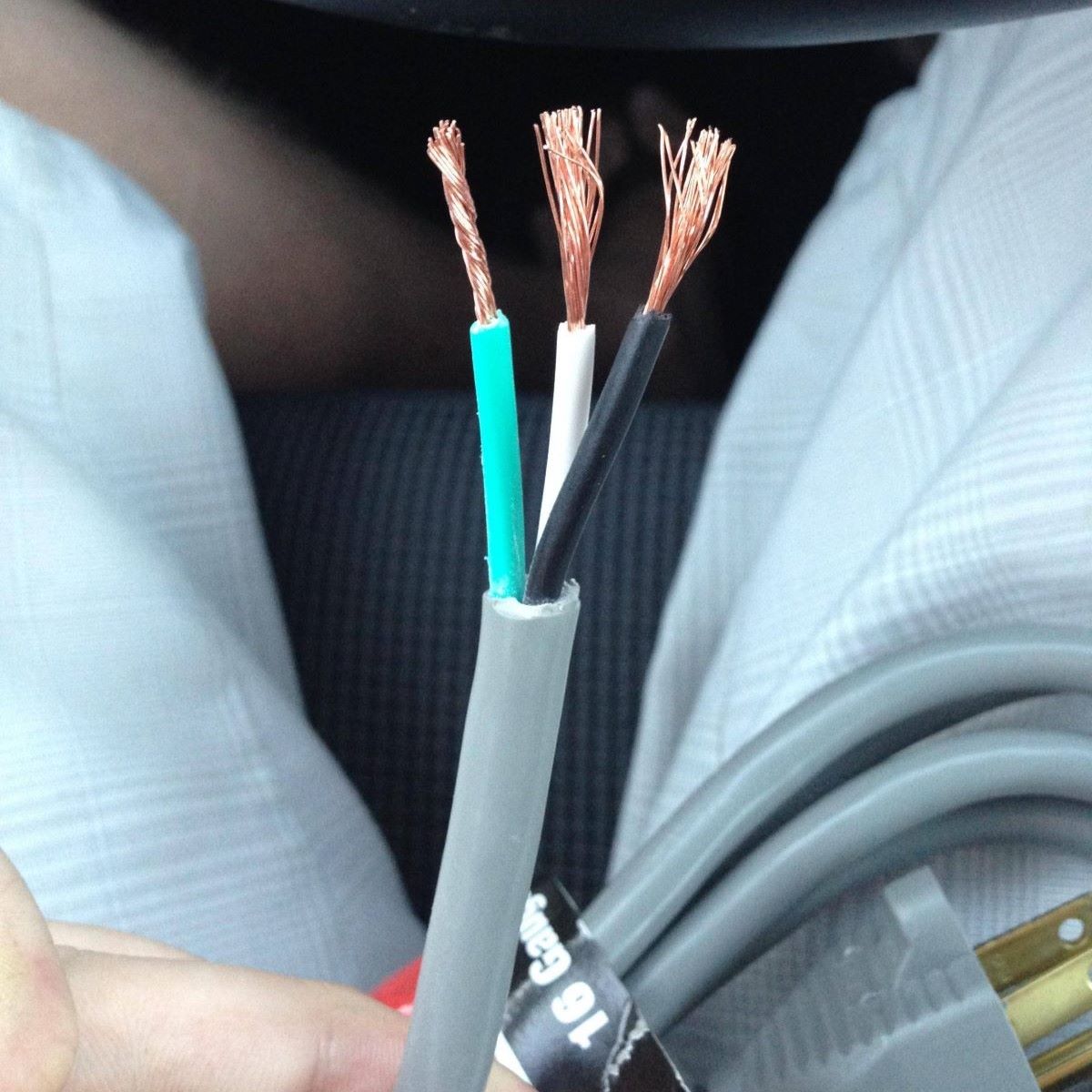

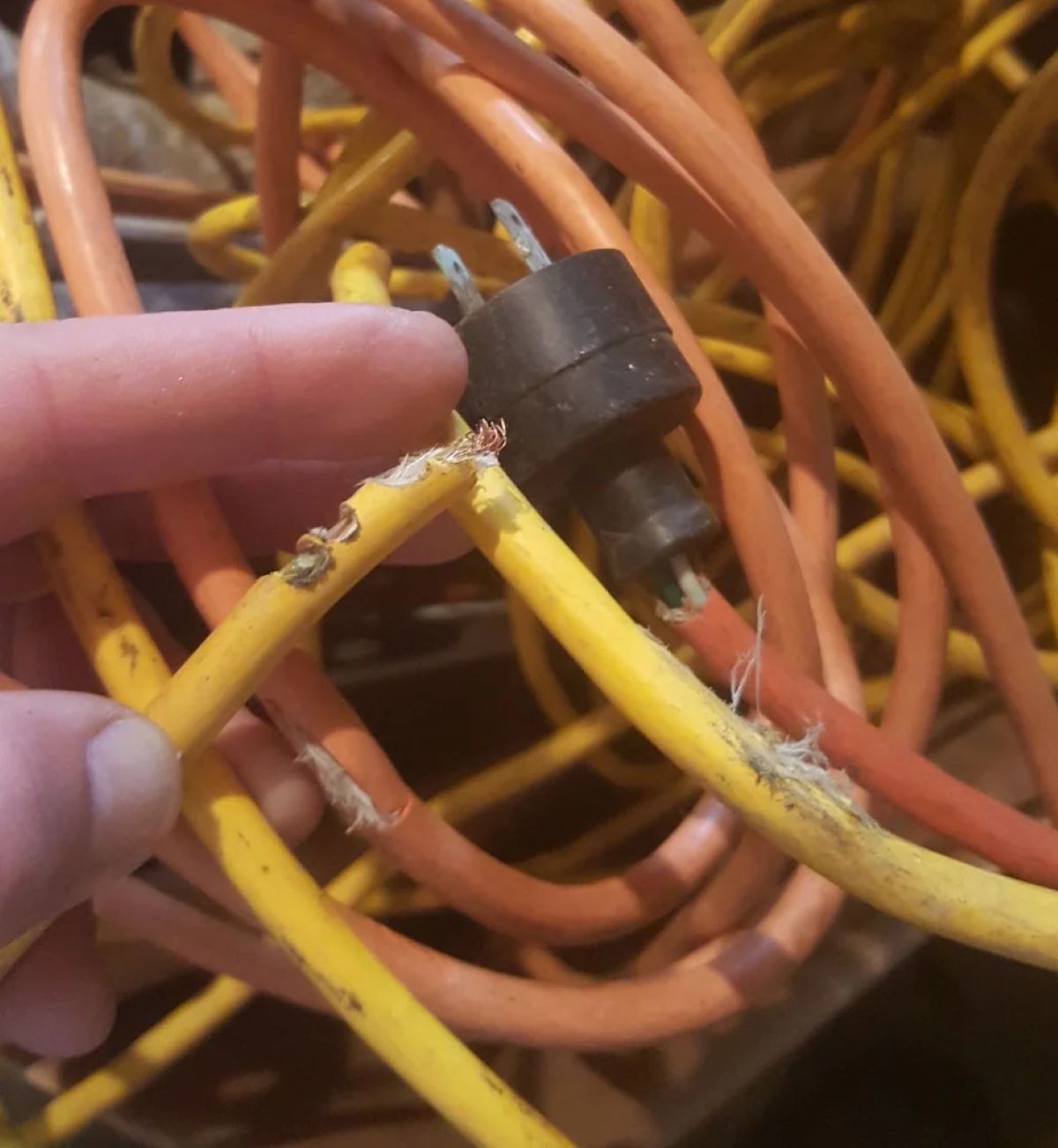
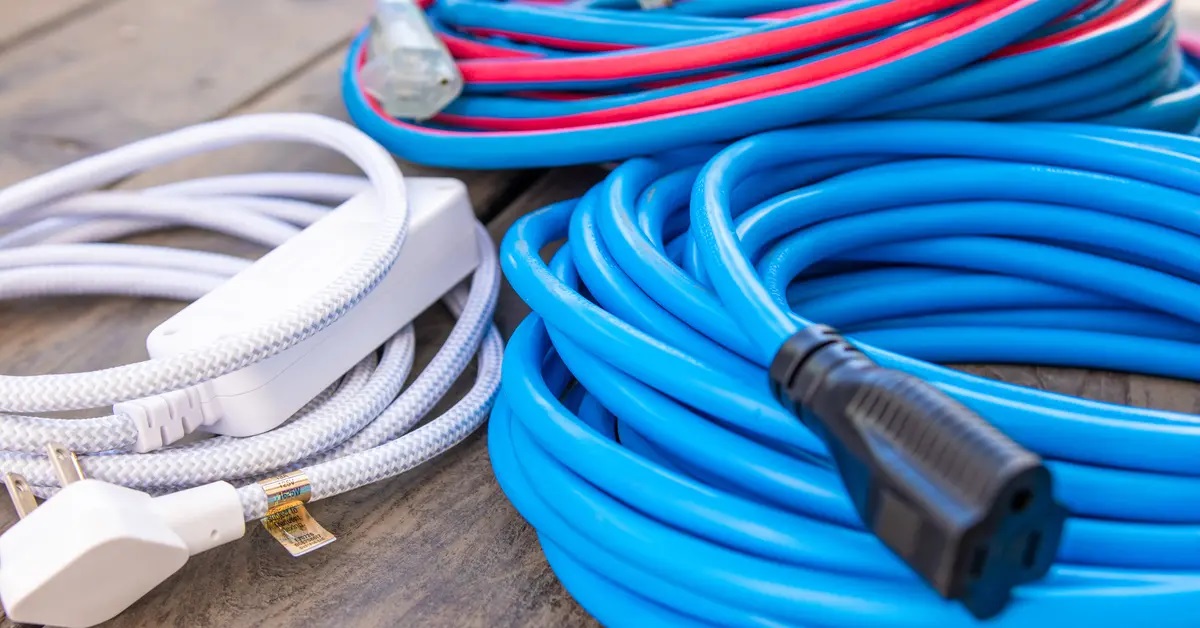

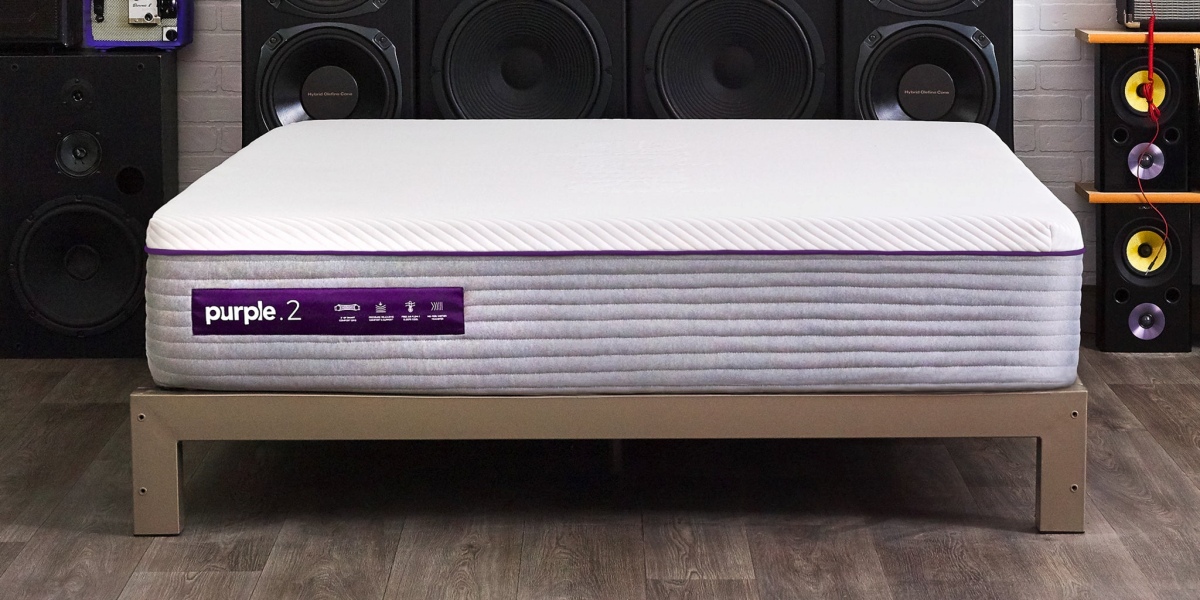
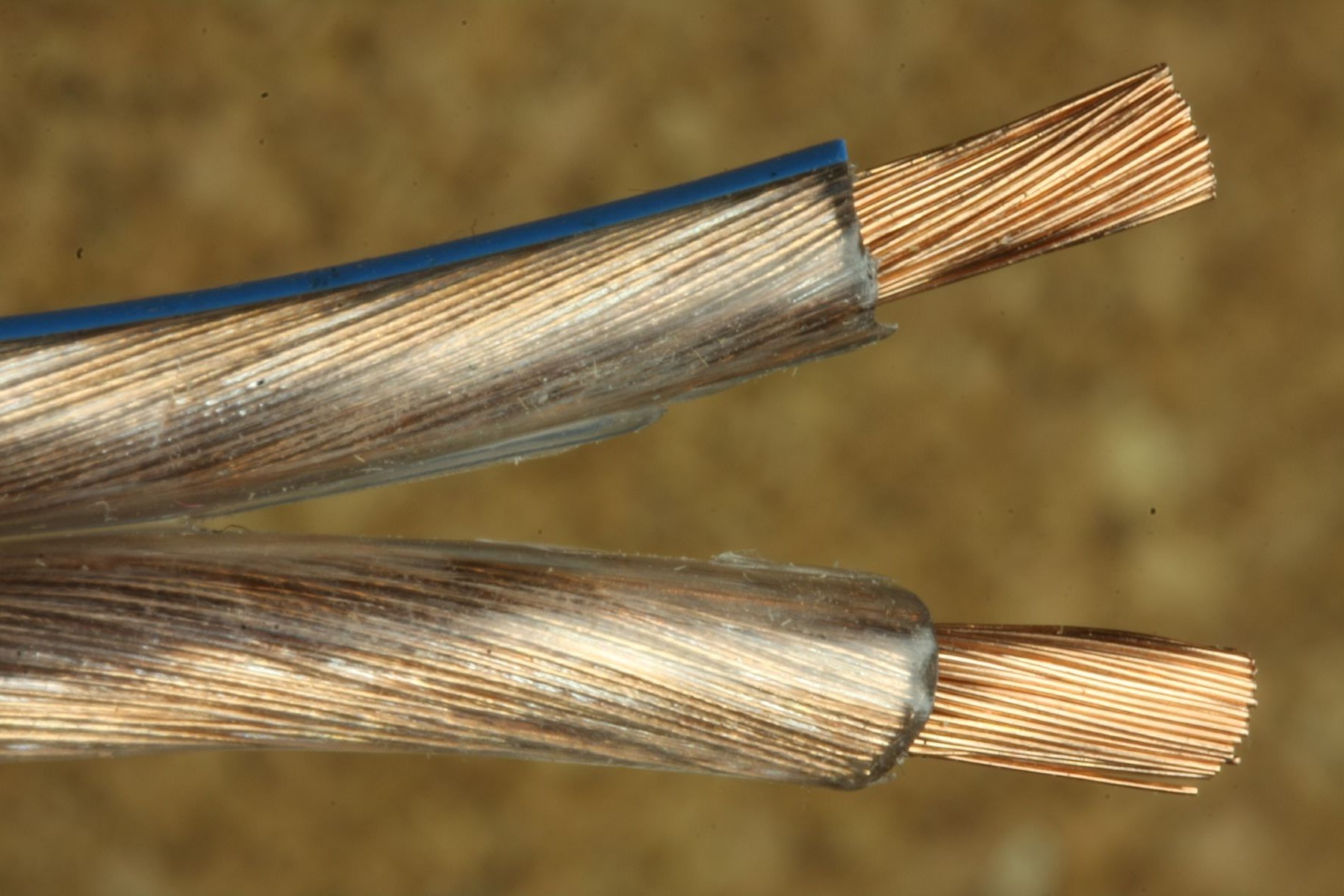


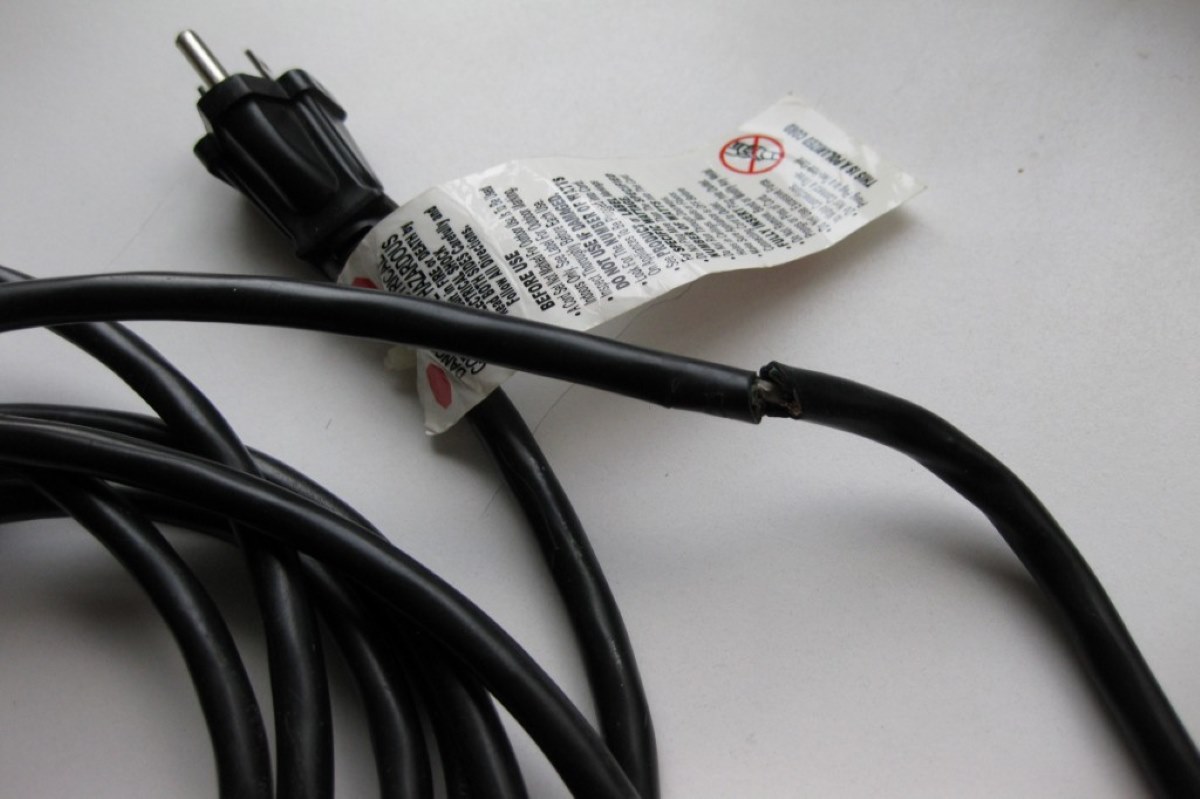


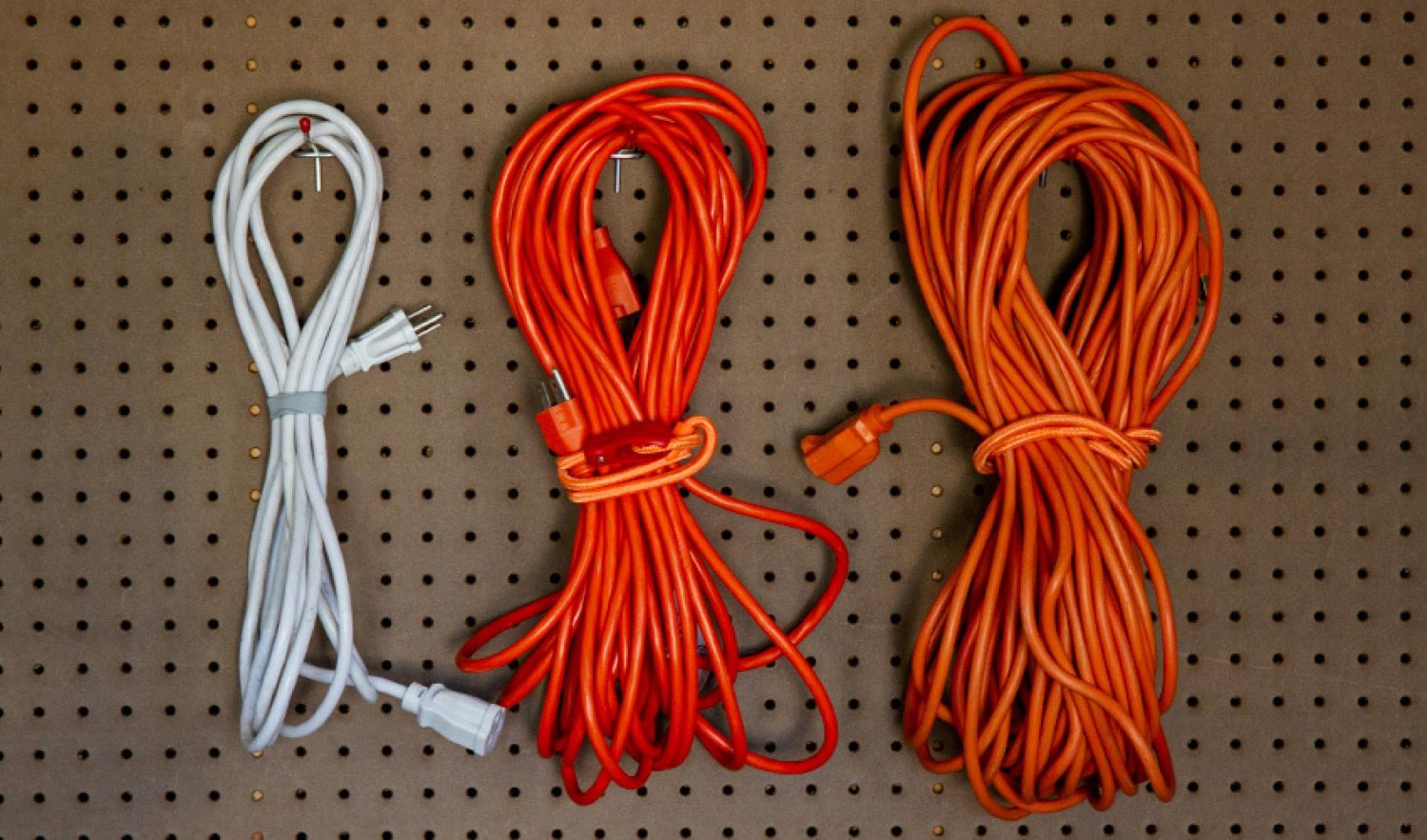
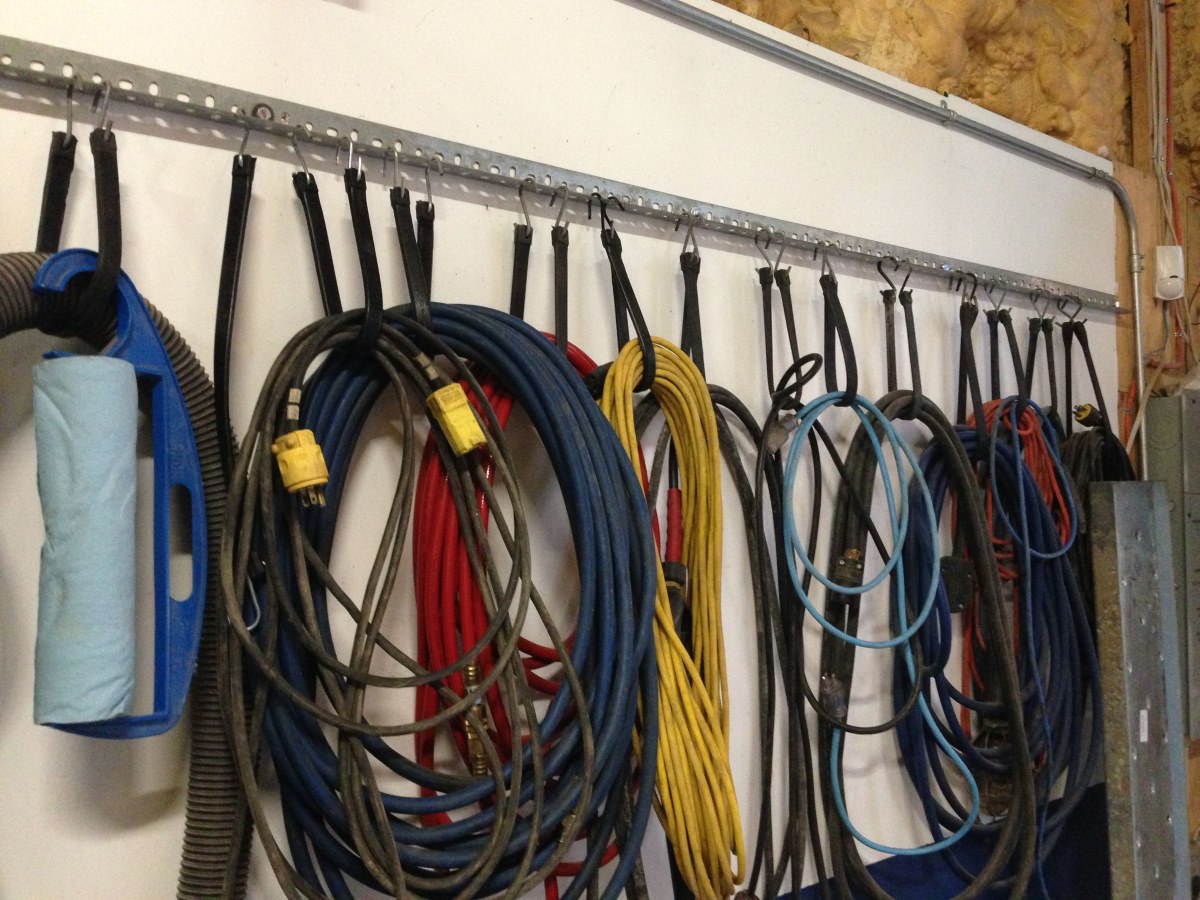

0 thoughts on “How Is A Severed Electrical Cord Similar To A Nerve That Has Been Cut”